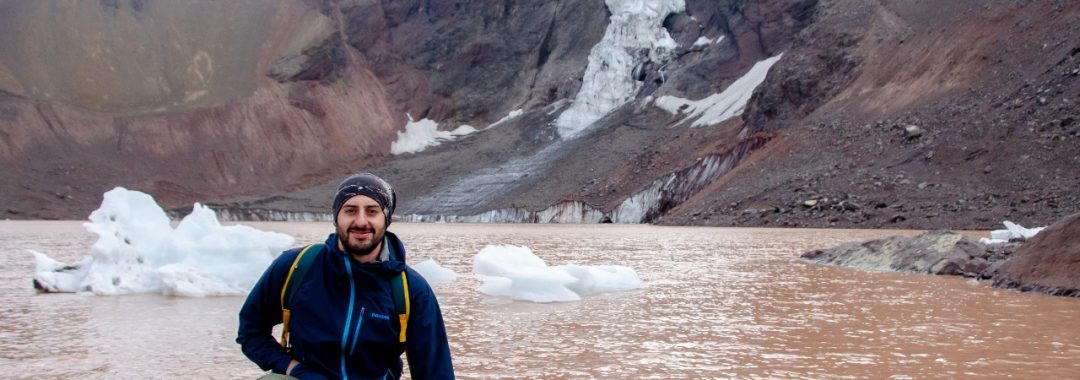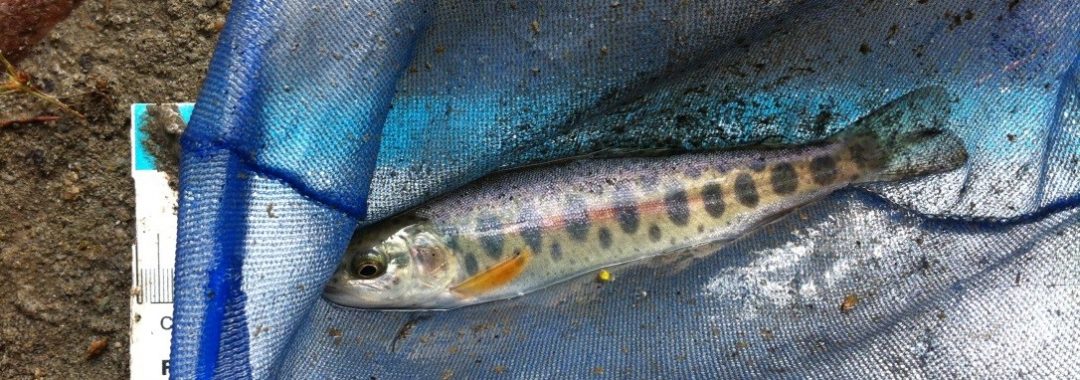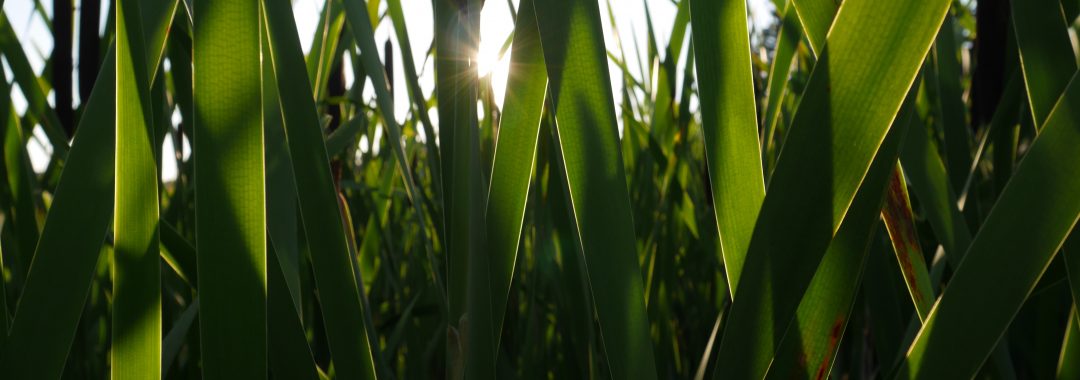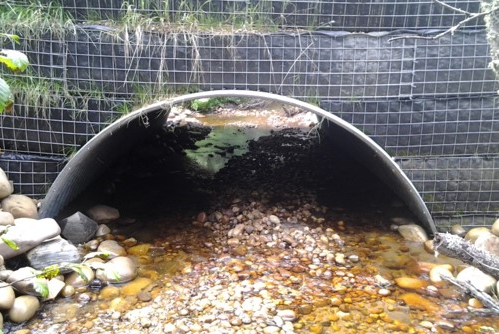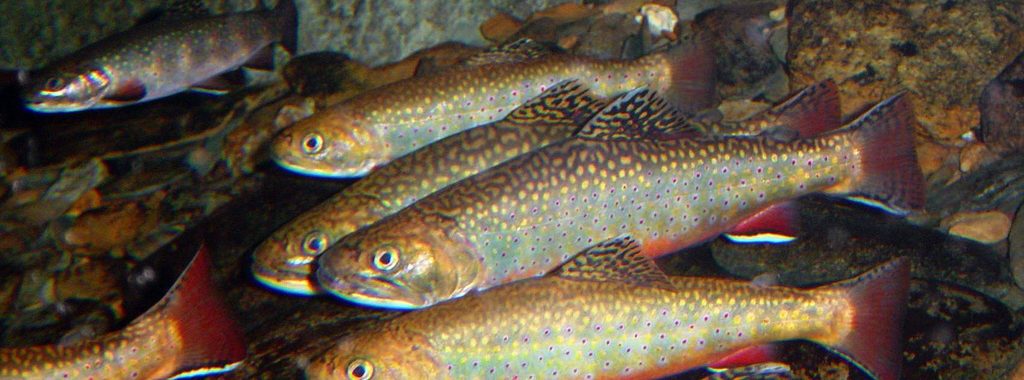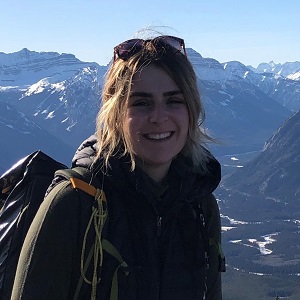Thesis Title: The structure and dynamics of fish isotopic and trophic niches in natural lakes and constructed fisheries offsets in the Alberta Oil Sands.
Author: Karling Roberts
Abstract
Habitat offsets, where damages to natural ecosystems caused by socio-economic development projects are compensated for by the construction or restoration of ecosystems, can contribute to biological conservation when implemented properly. But, large uncertainties remain surrounding our ability to construct ecosystems that offer high quality habitat and sustainably provide desired ecosystem functions and services. Trophic structure and dynamics sustain ecosystem stability and function by limiting competition between consumers and alleviating prey species from damaging levels of predation. The application of food web theory has improved outcomes in ecological restoration and conservation, and has the potential to do the same for habitat offsetting. In this thesis I present one way trophic structure and seasonal trophic dynamics of an offset can be assessed, and examine how stable isotope analysis can be improved for use on sensitive species and in multi-season studies.
In the Alberta oil sands, unavoidable destruction of fish habitat from open-pit mining is offset with the construction of small lakes on or near mine sites. To investigate trophic structure in constructed offsets, I sampled the first offset lake constructed in the Alberta oil sands, Horizon Lake, and eight natural lakes for comparison. I measured stable carbon and nitrogen isotope ratios in the tissues of fish, and used these values to estimate metrics of trophic structure. I found that, despite the unique fish assemblage found in the offset lake, its trophic structure metrics are within the range of variation detected in natural lakes. The offset lake was most similar in terms of habitat to natural lakes that are relatively small and deep, but its trophic structure was more similar to large lakes with diverse fish assemblages. We recommend trophic structure continue to be examined in these and other offsets to further our understanding of their potentially unique ecology.
Seasonal variation in environmental conditions and resource availability may play an underappreciated role in the maintenance of biodiversity, especially in ecosystems that experience drastic seasonal changes. High-latitude and high-altitude aquatic ecosystems switch between an open water state in the summer and an ice covered state in the winter. This large environmental change is associated with reduced primary and secondary productivity, but it is not clear how consumers such as fishes respond. To address this knowledge gap, I examined the trophic dynamics of fish populations in three natural lakes and one constructed offset habitat. I used stable isotope analysis and stomach content analysis to assess if fish were 1) maintaining the same diet across seasons, 2) changing their diet seasonally, or 3) going dormant seasonally. We found that fishes most commonly change their diet between seasons in the three natural lakes and the offset. But, there was also evidence of diet maintenance and seasonal dormancy. Flexible foraging and a diversity of seasonal trophic responses among fish populations are likely contributing to the maintenance of biodiversity within these ecosystems. Evidence of winter activity by fishes in the offset is promising, and suggests the habitat is fulfilling its role as an over-wintering habitat for fishes.
Stable isotope analysis is an important ecological method with many applications, but it often requires lethal sampling to obtain tissue samples. In addition, most stable isotope research is performed in the summer, leaving a gap in our understanding of whether isotope data collected in different seasons can be interpreted using the same methods. To address this, I investigated how lethal (muscle) and non-lethal (fin) tissues differ in their stable carbon and nitrogen isotope ratios, and whether inter-tissue differences change with season. I found that muscle and fin differ consistently in carbon and nitrogen stable isotope ratios, but whether season affects this relationship is species- and isotope-dependent. We recommend accounting for differences in tissue types whenever possible, and accounting for season of capture when research questions are highly sensitive to variation in isotope ratios.
Overall, this thesis demonstrates how ecological study of constructed offsets can advance our understanding of human modified ecosystems, basic ecological principles, and ecological methods. As offsetting grows as a practice across Canada and around the world, using these large-scale projects to further these objectives is imperative for improving the practice of offsetting and represents an enormous opportunity for advancing ecological research.


